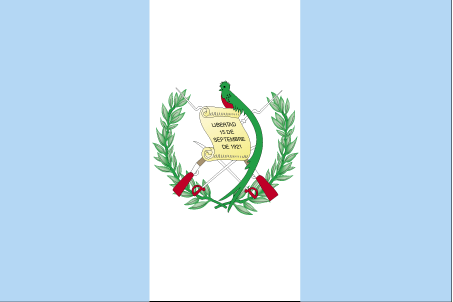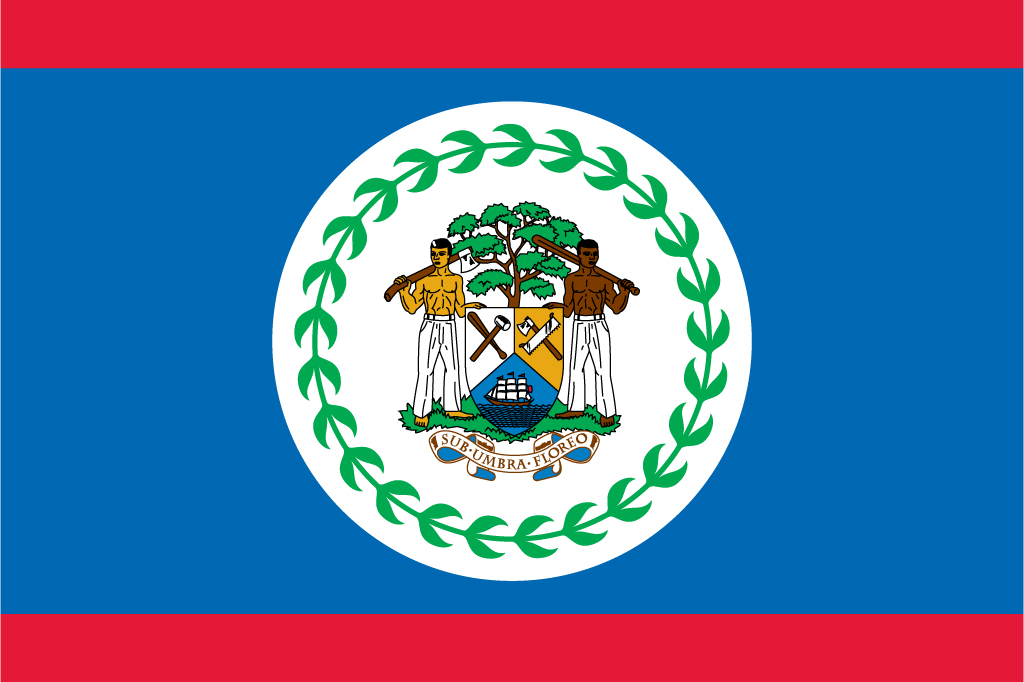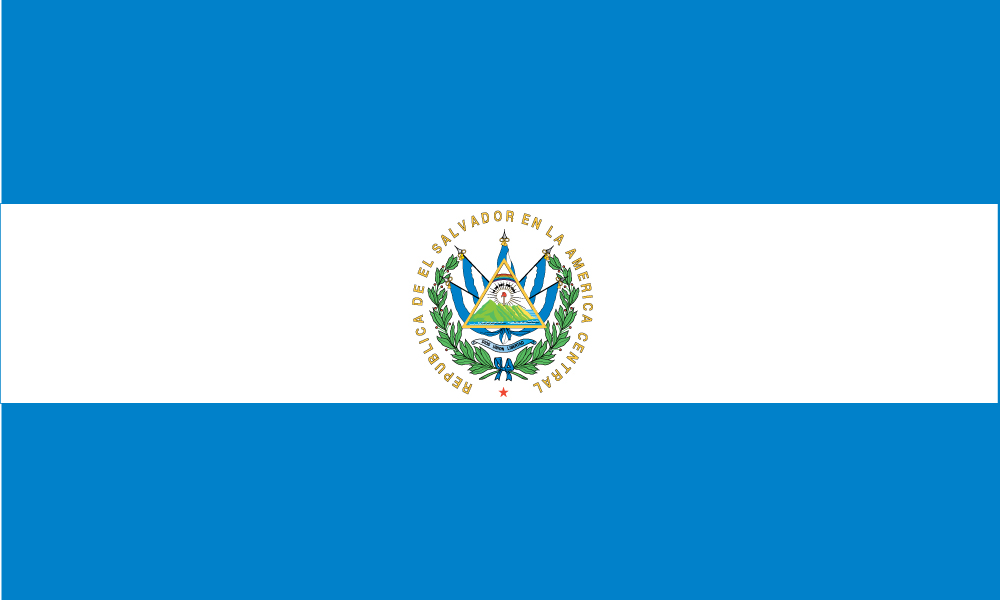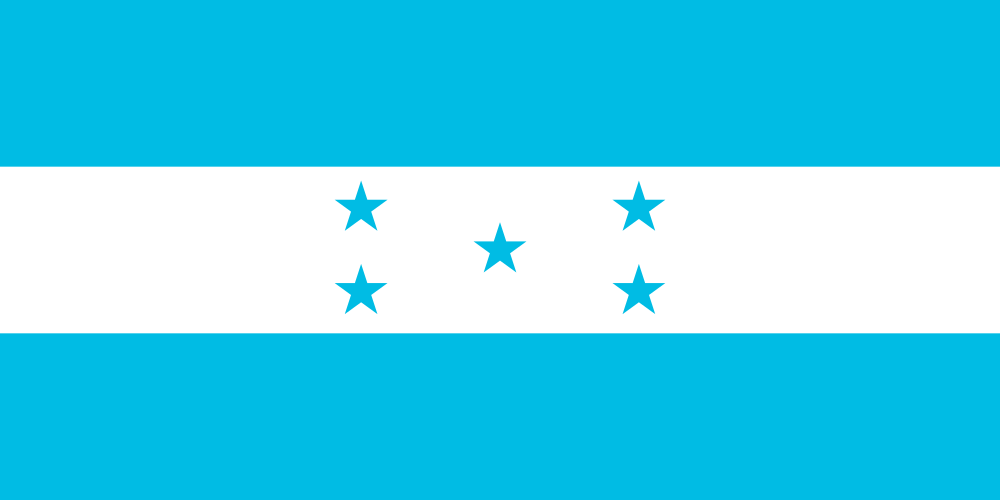Country Readings 19.02 - Central America
As a brief overview of Central America, and a refresher for me on some interesting points since due to budget and gastronomic constraints, I won't be doing meals in pace with my readings, I wanted to give a few highlights on the Central American countries, now that I'm moving ahead in readings to South America.

Motto: Under the shade I flourish (Latin). Official language is English, currency is the Belize dollar, and they declared independence from the United Kingdom on September 21, 1981. It was formerly known as British Honduras. Of the Central American countries, this is the only one that was initially part of the British Empire and has more in common historically with the British Caribbean isles. Government is a unitary parliamentary constitutional monarchy, and they recognize Queen Elizabeth II. The governor-general is Colville Young and prime minister is Dean Barrow. Original settlers included the Maya, later mostly the Mopan branch of Yucatec Maya.






Republic of Guatemala - Capital city: Guatemala City; Total population 15.4 million.
Motto: The land of the eternal spring (Spanish). Official language is Spanish, currency is the Quetzal, independent from Spain on September 15, 1821, and current constitution was ratified on May 31, 1985. Their form of government is a unitary presidential constitutional republic, current president is Otto Perez Molina. Original settlers included the Maya, and later regional kingdoms.

Flag: Vertical blue-white-blue stripes, with laurel wreath, crossed bayonets and swords, and a scroll depicting the date of independence from Spain with a resplendent quetzal petched atop.
Belize - Capital city: Belmopan; Total population 334k

Flag: Horizontal red border stripes on royal blue field with the coat of arms at the center held by a white and black man, surrounded by fifty mahogany leaves - the mahogany tree and the motto "Sub Umbra Floreo" (I flourish in the shade) is written beneath, reflecting the mahogany logging industry. Of note it is the only country depicting humans as a major design element on the national flag.
Republic of El Salvador - Capital city: San Salvador. Total population: 6.1 million
Motto: God, Unity, Freedom (Spanish). Official language is Spanish, currency is the United States dollar. Declared independence from Spain on September 15, 1821. Has a unitary presidential constitutional republic. Current president Mauricio Funes. Smallest and most densely populated country in Central America. Original settlers were the Pipil, and other tribes including some Mayan.

Flag: Horizontal blue-white-blue stripes, in the center is the coat of arms, which contains the motto, and five volcanoes rising out of the sea representing the five member states of the United Provinces of Central America. Red Phrygian cap on a staff before a golden sun, the date of independence, and a rainbow on top symbolizing peace. The laurel garland is divided into 14 parts which symbolize the 14 subnational administrative units. Other variations substitute the coat of arms for the motto (Dios, Union, Libertad) or omit either entirely.
Republic of Honduras - Capital city: Tegucigalpa. Total population 8.25 million.
Motto: Free, Sovereign, and Independent (Spanish). Official language is Spanish. Declared independence from Spain on September 15, 1821. It previously had been referred to as Spanish Honduras to differentiate it from Belize (British Honduras). Currently has a constitutional republic with Juan Orlando Hernandez as president. In 2009 there was a Honduran constitutional crisis resulting in what has been widely acknowledge to be a coup d'etat, lasting until January 27, 2010 with the ousting of Manuel Zelaya over a proposal for a ballot to decide whether to approve new political constitutions, and the most recent election in November 2013 was the first election held after the coup, and it was rife with tension, with the two leading candidates both claiming to have won the presidency. Needless to stay it is a tenuous situation currently. Original settlers were mostly Mayan, then later numerous other tribes.

Flag: Horizontal blue-white-blue stripes, and five cerulean stars representing the five original Central American provinces. Colors are also the same as the United Provinces of Central America flag. Naval ships use the flag with the five star emblem replaced by the coat of arms of Honduras, above an inverted arch of five small turquoise stars. The coat of arms contains oaks and pine trees, plus a pair of cornucopias and implements for mining (symbols of the natural wealth of the country), as well as central pair of towers representing readiness and independence.
Republic of Nicaragua - Capital city: Managua. Total population 6 million.
Motto: In God we trust (Spanish). Official language is Spanish. Declared independence from Spain on September 15, 1821. Current constitution established January 9, 1987. Currently a unitary presidential constitutional republic, and president is Daniel Ortega. Original settlers were Aztec and Maya, along with the Pipil tribe. The Caribbean coast included Chibcha groups of people as well. Of note, Nicaragua, as of 2006, is one of five countries in the world where abortion is illegal with NO exceptions.

Flag: Horizontal blue-white-blue stripes, again based on the Federal Republic of Central America flag. The national coat of arms is centered on the middle band, and contains the triangle, volcanoes, rising sun, Cap of Liberty, and rainbow - circled by the words Republica de Nicaragua Central America.
Costa Rica - Capital city - San Jose. Population: 4.59 million.
National anthem: Noble motherland, your beautiful flag (Spanish). Currency: Costa Rican colon. Official language: Spanish. One of the most successful countries in Central America, it was originally sparsely inhabited and has been fairly isolated through its history, providing for some insulation from the rockier histories of its neighbors. Fairly stable and very progressive environmentally and medically. Official language: Spanish. Declared independence from Spain on September 15, 1821. First constitution established on November 7, 1949. Government is a unitary presidential constitutional republic and current president is Laura Chinchilla. Original settlers were Andean and Mesoamerican groups, currently there are still remnants of the Bribri and Boruca tribes.

Flag: Horizontal stripes of blue-white-red-white-blue with the coat of arms situated left of center on the red stripe, which shows three volcanoes with smoke on top (representing the three mountain ranges in the country), seven stars to represent the provinces, one merchant ship in the Pacific Ocean and the Caribbean, and a golden ornate frame with golden beads of coffee. Two palms close the coat of arms at the top.
Republic of Panama - Capital city: Panama city. Population: 3.6 million.
Motto: For the benefit of the world (Latin). Government is a unitary presidential constitutional republic, current president is Ricardo Martinelli. Currency is the Balboa and the United States dollar. Official language: Spanish. Panama is notable for containing the Panama Canal, and is situated on the isthmus connecting North and South America. Relatively strong economy. Declared independence from Spain on November 28, 1821 and from Colombia on November 3, 1903. Original settlers included the Chibchan, Chocoan, and Cueva peoples.

Flag: Blue star on white in left upper quarter, red field in right upper quarter, blue field on left lower quarter, and red star on white in right lower quarter. Stars and quarters represent the rival political parties and the white for the peace in which they operate. Blue was the color of the conservatives, and red the color of liberals.
And for reference, here is the flag of the United Provinces of Central America which is emanated by the flags of Nicaragua, Honduras, and El Salvador.


Comments
Post a Comment